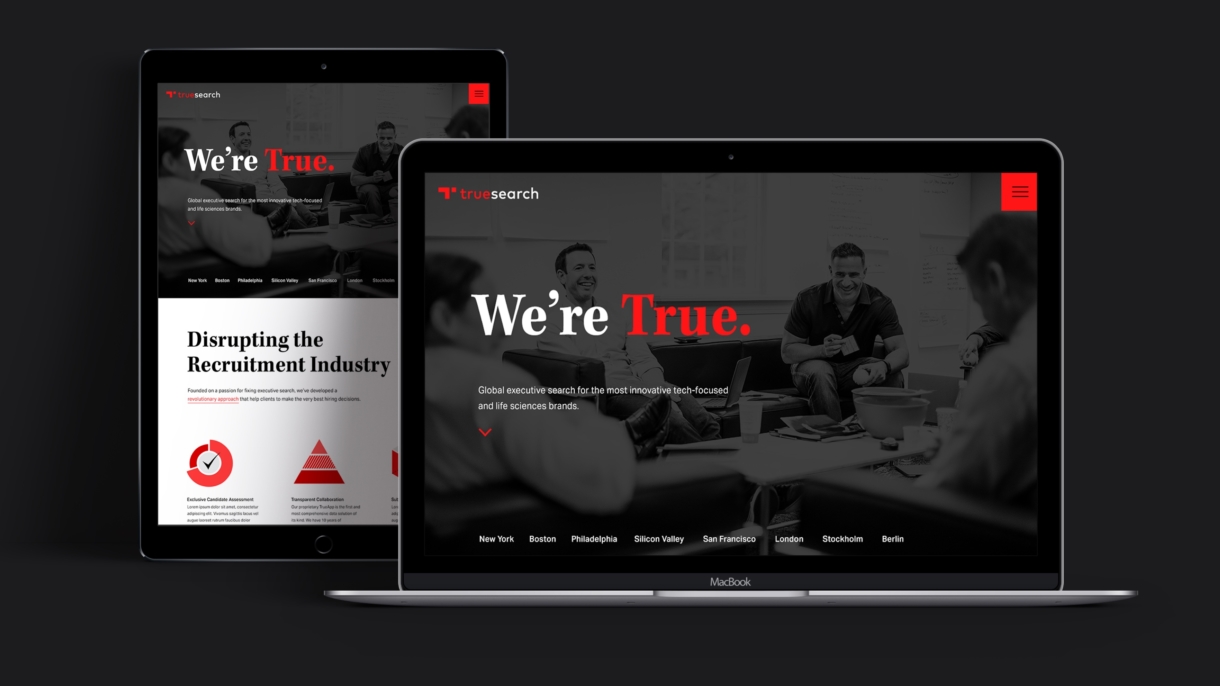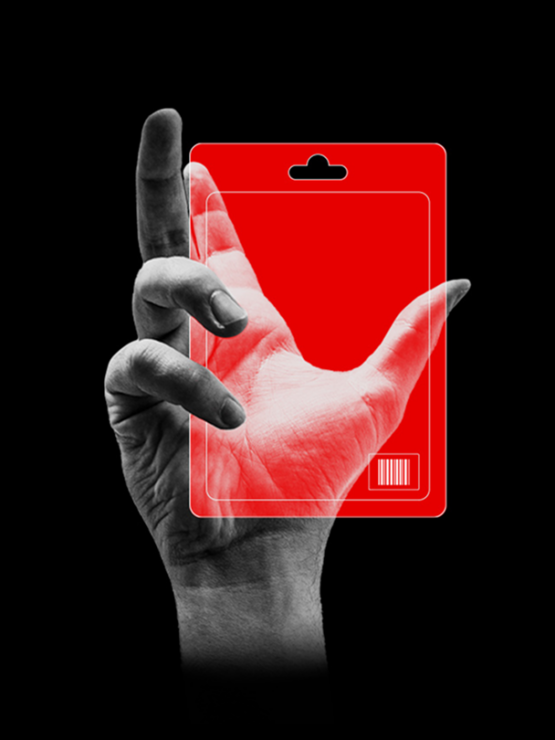Conversations may begin with branding or digital strategy but quickly move to, “What is the business outcome you wish to achieve?” Over the past year, we’ve seen a few common themes emerge. Our clients include entrepreneurs, founders of family businesses, C-suite executives, and non-profit leaders. Across our client and partner portfolio, they’re confronting remarkably similar challenges that show what happens when a brand lags behind its business.
Signs Your Business May Be Better Than Your Brand:
Difficulty Recruiting or Retaining Top Talent
The labor market is tight with unemployment at around 4.0%, and Millennials are becoming a dominant force. They are digital natives, have distinct views on who they want to work for/with, and value lifestyle over money. If you can get them to your offices for an interview, the decor and setting may even impact their decision-making process. We’ve seen companies struggle to attract the right talent because their brand identity or digital strategy didn’t connect with Millennials. True Talent Advisory, long time clients and friends of [whitepenny], keeps brand identity top of mind and has been nailing it on all fronts, signing top talent, and accelerating revenue growth and geographic expansion.
Friction in Generational Transfers of Business
Family businesses represent 80 percent of all firms in the U.S., according to Forbes, and the next generation of business owners is taking over at an unprecedented rate. These days, it’s often Baby Boomers passing down assets to Millennials. Aligning Millennial styles, preferences, and business goals with company history and market position can be tricky, especially when the previous generation often holds veto power. Two families that got the balance right include Severino Pasta and Precision Automation—successful second and third generation transfers respectively. [whitepenny] worked with each firm to craft a brand identity that reflects the future and pays homage to their past.
Family businesses represent 80 percent of all firms in the U.S., according to Forbes, and the next generation of business owners is taking over at an unprecedented rate.
Product/Service Brand Gap
Your company is a leader in its space and revenue is steady, but your brand does not reflect this success. From a consumer-facing packaged goods company that doesn’t have a mobile-friendly strategy, to a specialty manufacturer that’s gone high-tech but their brand still oozes old and cold, to a B2B service provider with outdated naming strategies, we’ve seen them all. [whitepenny] worked with AllRisk Restoration to reboot their brand identity after 20 years of quiet growth. The updated logo, website and digital strategy finally reflect their market leadership position, and team AllRisk is known throughout the region for their #Black&Yellow.
Struggling to Find Your Audience
Communications channels migrate with advances in technology and shifts in generational preferences. Youth sports leagues and other non-profits are starting to learn that snail mail and even email are becoming outdated modes of communicating with players, families, or constituents. In a crowded market, simply communicating is not enough—you need to connect, and stay connected, to expand your end-user base, retain talent, and drive funding. That means developing sophisticated digital strategies that link engaging websites with mobile apps and social platforms. [whitepenny] has teamed with Tony Yi of Haddonfield Youth Lacrosse to build and launch a new digital strategy that reflects the growth and success of the sport in Haddonfield; keep an eye-out this fall for the roll-out.
The digital world is noisy. People form opinions within 30-seconds of viewing a company, product, or service via a mobile device. A company’s ability to attract and retain talent, the next generation’s ability to move a family business forward, your team’s ability to stand out in a saturated market, or your non-profit’s ability to communicate effectively, all link back to brand position. Brand identity, digital strategy, and effective communications play an outsized role in each and every one of our client conversations.




